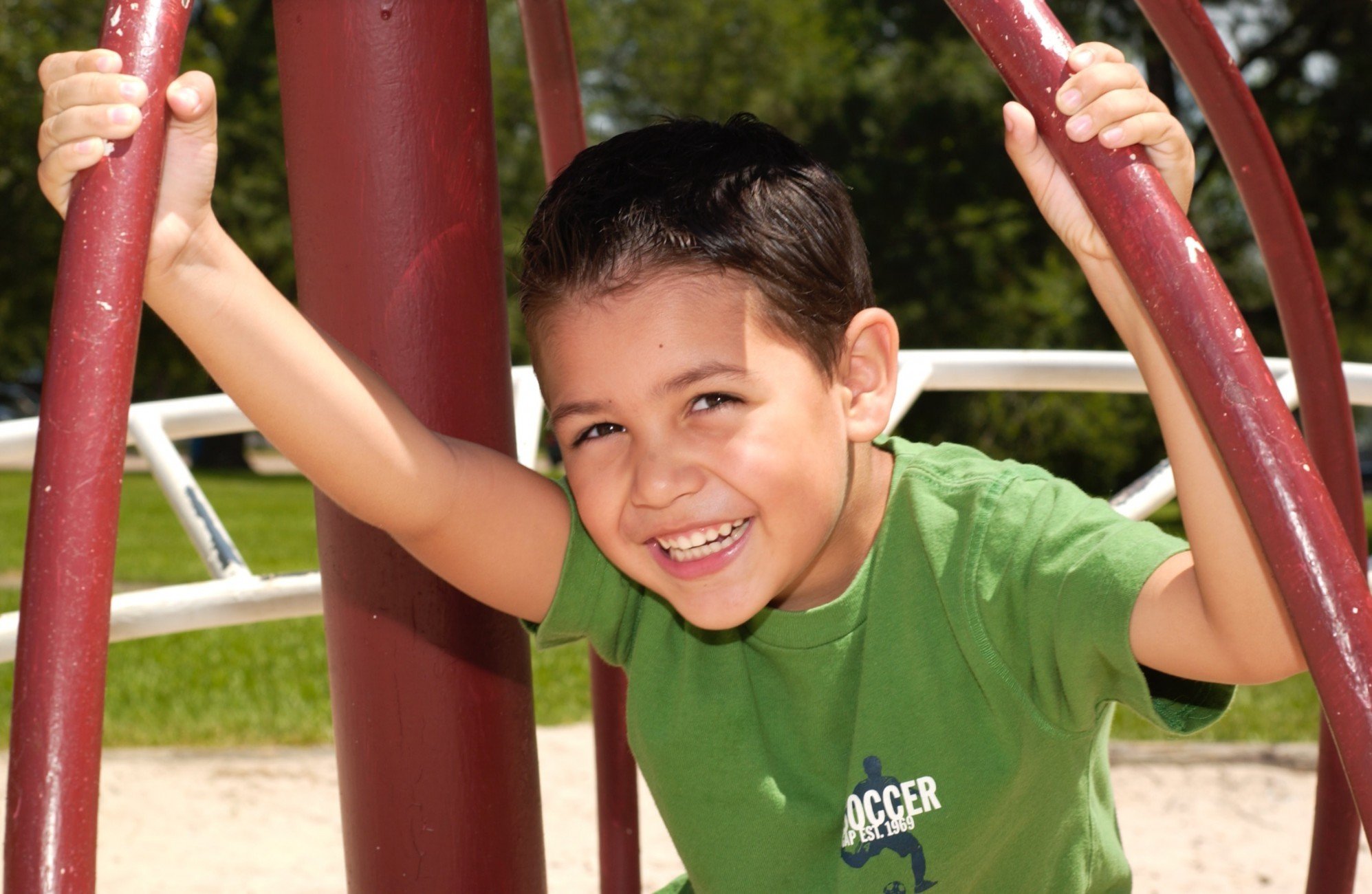If you are like me, you grew up on wooden mulch, sand, or gravel playgrounds. There wasn’t as much research into critical fall height and there definitely weren’t as many options available to the general public as there are now. While wood mulch is still a very popular filling for playground surfacing, rubber mulch seems to be taking over the nation. This rubber mulch is used from old recycled tires in order to keep them out of landfills. In 2013, 233 million scrap tires were generated. Out of that 233 million, 8% (about 17.5 million) were processed for playground surfacing. Rubber mulch looks great, and upon inspection seems more springy and therefore more safe for children playing on the playground than traditional wood mulch. However recently, parents and guardians have been growing concerned of the chemicals found in the rubber material and if it could be harmful for their children. This article will seek to explain the positives and negatives of rubber mulch so that you can make the right decision for your children.
Positives of Rubber Mulch
Aside from looking great, loose-fill Rubber mulch is comparable in price to wood mulch and is on the low to middle end of playground surfacing in general. It may have a higher upfront cost than Wood chips due to the better quality of materials. Your installation cost will be determined by the area that you’d like to fill in, but all in all, it is significantly cheaper than a poured-in-place rubber that can range from $10-$15 per square foot. Whereas rubber mulch ranges from about $5-$7 per square foot.
Assuming the Rubber was installed by a professional, the rubber surface offers an adequate level of protection. According to ASTM F1292 standards, rubber materials offer a safe impact when installed at the proper depth to meet critical fall height requirements. One of the main concerns meeting recycled rubber mulch is the wires and debris that often end up in tires. Simply put, these tires are shredded, sifted of foreign objects, and then passed through an extremely powerful magnet to pull out any wires, or pieces with wires in them.
Rubber also keeps its shape and absorbance better over time than standard wood chips do. Since it is not biodegradable, it does not decompose or mold as standard wood chips. This provides fewer health concerns and more long-term cost savings due to the longevity of the material. Rubber mulch lasts about 10 years before a comprehensive replacement needs to be done. However, it is important to note that with any loose surface filling, topping off and raking the rubber is essential to keeping the playground within safety standards.
Concerns of Rubber Mulch
It is widely agreed upon that rubber is safer for children when it comes to fall protection and other abrasions such as splinters and scratches, but the main concern that surrounds rubber mulch is the toxicity levels. Since old tires are used for the recycled rubber mulch, it is a natural concern that there are some dangers associated with the chemicals that go into rubber. The California Integrated Waste Management Board has performed extensive testing that deemed the rubber materials safe considering that all the chemicals that could be considered carcinogens occur in levels far below the minimum “acceptable level”.
According to the New Jersey Department of Environmental Protection:
“After reviewing the information available, with the possible exception of allergic reactions among individuals sensitized to latex, rubber and related products, there was no obvious toxicological concern raised that crumb rubber in its intended outdoor use on playgrounds and playing fields would cause adverse health effects in the normal population.”
As you can see, aside from special exceptions such as children with latex allergies, the material is considered safe for the general population. With that being said, you should always check that the system you choose meets playground surfacing standards set by IPEMA and ASTM.
Concerns for Wood Mulch
Even though there has been no substantial evidence showing that there are health risks connected to rubber mulch, schools and parks are still using wood mulch despite wood mulch having its own set of issues. As mentioned earlier, wood mulch protects against falls better than gravel and sand. However, uncertified wood mulch is susceptible to splinters, mold, and susceptibility to freezing in cold and wet conditions which can negatively impact the effectiveness of wood when it comes to protecting children from falls and hazards. It is also important to note that some wood mulch is also treated with chemicals like chromated copper arsenate to make it more resistant to pests and decay. From a cost perspective, it is certainly less expensive at the outset to opt for standard wood mulch, but it does not hold up as well over time as rubber mulch. Wood mulch needs to be replaced more often than rubber mulch due to the decomposition of the wood. Rubber mulch holds up better for longer than wood mulch and therefore needs to be replaced less often. Additionally, since rubber mulch makes it difficult for weeds to grow, it is much less common to use weed-killing chemicals on these playgrounds than it is for wood mulch playgrounds.
Conclusion
In conclusion, with both pros and cons to certified wood mulch and recycled rubber mulch as playground base options, all surfacing should be certified by IPEMA as meeting ASTM standards for playground safety. With certification in mind and the specifications from both options (including price, protection, absorbency, and longevity), you can feel confident that you have the information to make an appropriate choice for the safety of your children.

